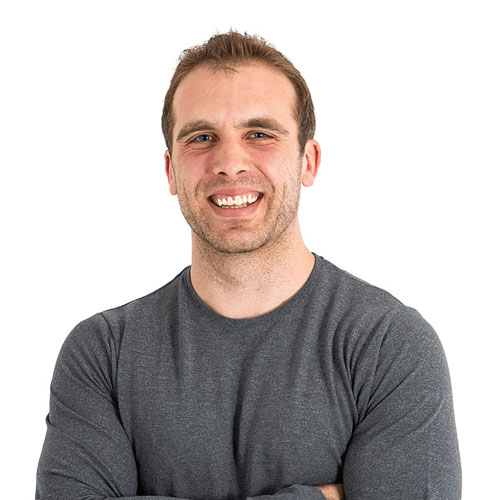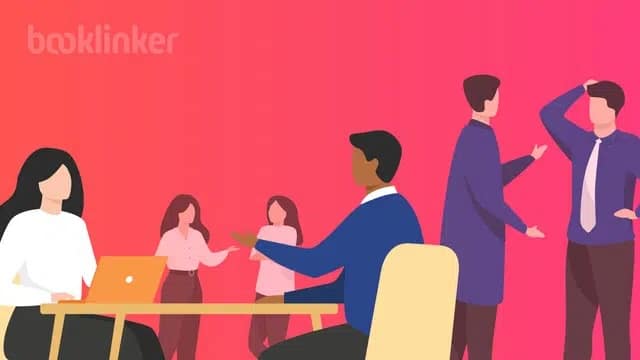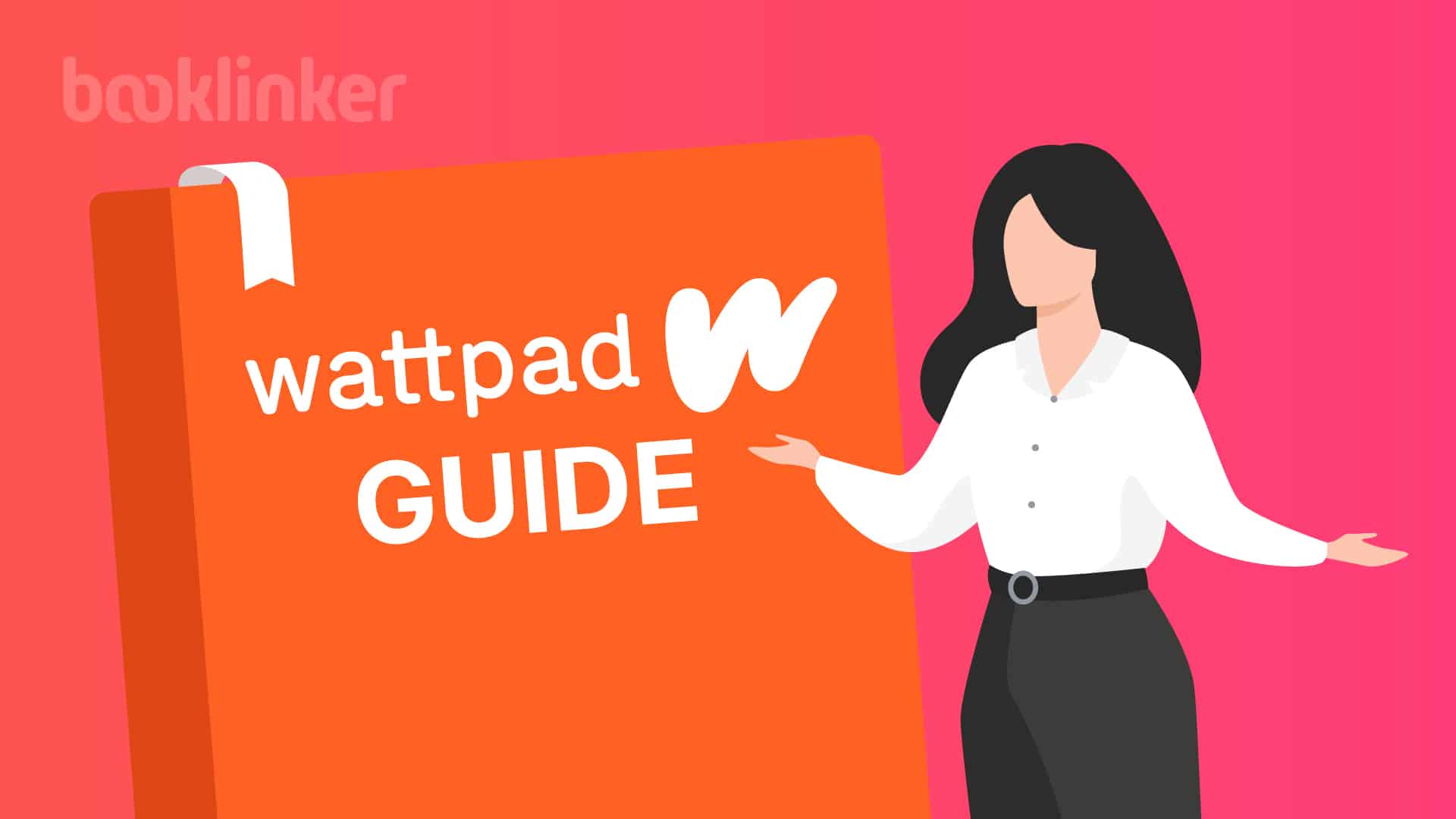How many times has a book piqued your interest, but you passed on it because it seemed overpriced?
On the flip side, how likely are you to take a book seriously when it’s offered to you for free?
Picking the right price for your self-published book is essential because pricing affects sales, Amazon rankings, branding, and so much more.
Still, most self-publishing beginners don’t know how to price their books.
That’s why we’ve teamed up with Matt Holmes, book marketing strategist and creator of The Saturday Self-Published Author, a free weekly newsletter sharing one actionable marketing tip, strategy, or tactic to reach more readers and sell more books, to walk you through the different options you have when pricing your books.
Keep reading to find out how to pick the right price for your book!
Table of Contents
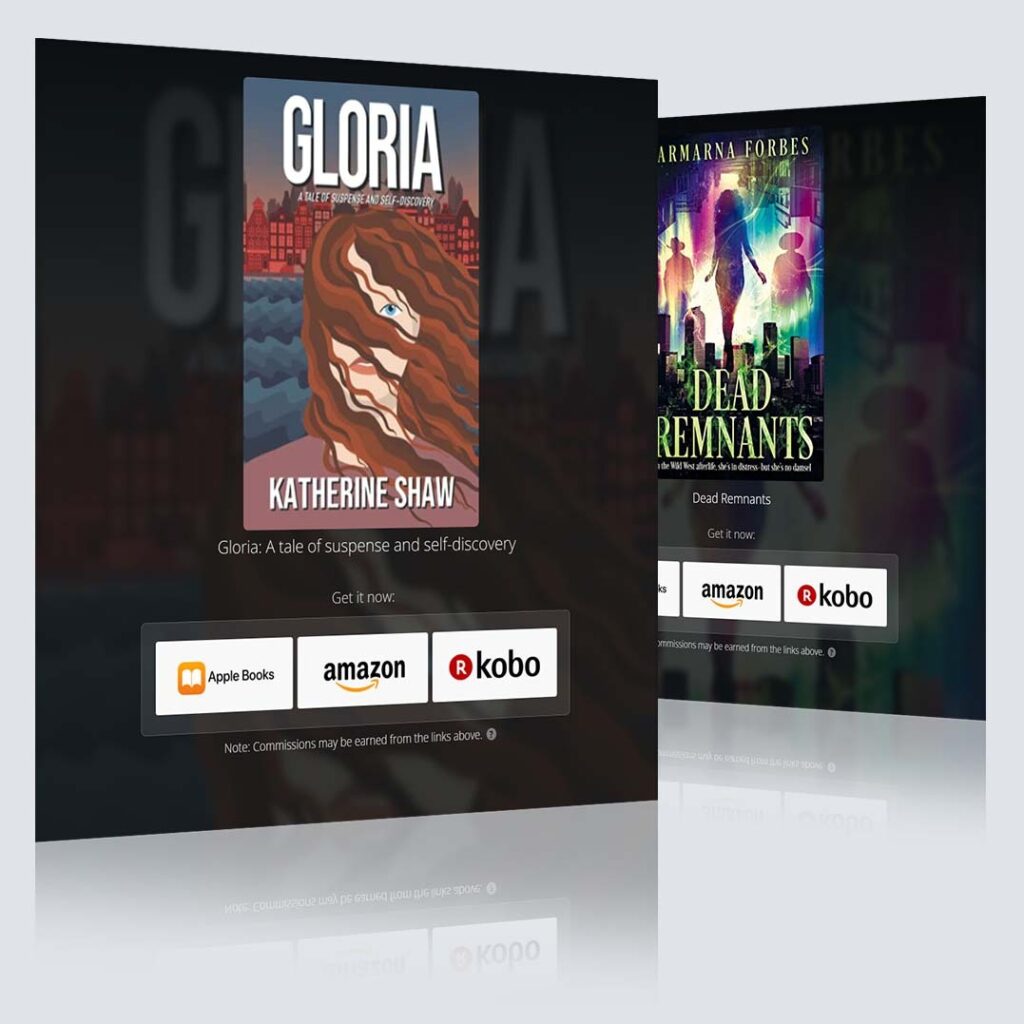
Free Universal Book Links
- Boost international sales by geotargeting readers
- Book store links update automatically based on availability
- Advanced marketing analytics
- Increase clicks with trusted links
Why Picking The Price For Your Book Is Important
Simply speaking, the price of a book affects its sales.
At the same time, the number of self-published books sold can affect rankings on retailers such as Amazon.
A higher Amazon ranking increases the likelihood that prospective readers will visit your listing and see your book. The more exposure your book gets, the more it will sell.
Picking the right price for your book is also important from a branding perspective.
Underpricing could make your book seem cheap.
If you were offered a Ferrari for $5,000, you probably wouldn’t trust its authenticity or craftsmanship.
Underpriced books might sell more easily than overpriced books, but you’ve got to ask yourself what kind of reader you’re attracting with those low prices.
Someone who buys cheap books might not be a very serious reader.
What’s the point of a sale if the buyer doesn’t actually read your book?
On the other hand, serious readers will spend an extra dollar to read a good book.
That’s why when it comes to book marketing and branding, finding the right price for your book is a critical balancing act between making sales and attracting the right readers.
The price of your book also affects its profitability via royalty rates.
The royalty rate for books (Kindle) priced between $0.99 and $2.98 is 35%.
For books priced between $2.99 and $9.99, the royalty rate is 70%.
For books that cost $10 or more, the royalty rate drops back down to 35%.
As you can see, the price of your self-published book not only affects its sales and branding, but its profitability as well.
That’s why picking the right price is so important.

Introducing:
Booklinker Collections
One landing page for all your books. 100% free.
One link for easy sharing of your books across your backmatter, websites, emails, and social media.
Guide to Picking the Right Price For Your Book
Here’s what self-publishers should consider when deciding on a price for their book:
- Competitor’s Prices
- Book Length
- Buying Psychology
- Total Publishing Costs
- Publishing Intent
- Formatting
Let’s explore each topic.
Competitor’s Prices
The first thing I would do is look at the prices of other books in your genre.
A great way to figure out how to pick the right price for your book is by taking a look at the prices of other books within your genre.

For example, if you write children’s books and find that most children’s books go for $5.99, it wouldn’t make sense to charge $9.99 for your book.
Most buyers of a certain genre are used to a traditional range of pricing.
To find out how your competitors are pricing their books, look at the listings on Publisher Rocket or Amazon. Both options will allow you to search for books organized by genre, author, and a variety of other categories.
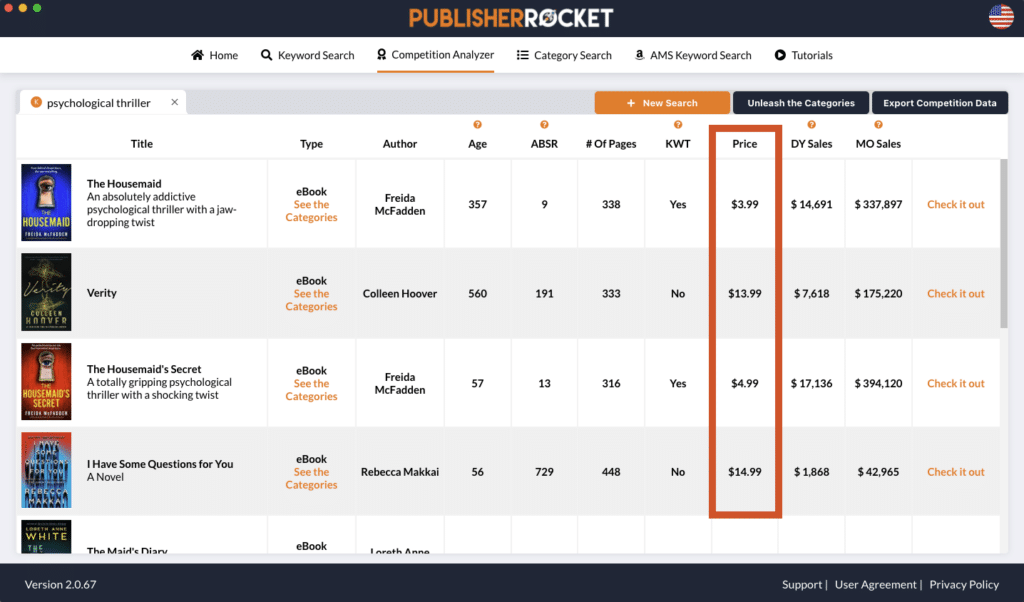
In addition to genre, factors such as book length, author popularity, and format help determine the right price for a book.
For example, a 500 word children’s book shouldn’t cost the same amount as a 3,000-word children’s book.
Likewise, new authors shouldn’t charge the same amount as popular, well-established authors.
It’s important to investigate a variety of categories and sub-categories when looking at competitor’s book prices. This way, you can pick the right price for your self-published book.
Buying Psychology
Have you ever noticed how most books are sold in $0.99 intervals (e.g. $0.99, $2.99, $4.99, etc.)?
Buying psychology is an area of study that looks at purchasing behaviors.
According to a recent consumer sales study, buyers are more likely to purchase items that end in the digits 99 rather than in 00.
This is because prices appear lower when they end in 99, even if they’re not.
When pricing your self-published book, it’s a good idea to choose a price that ends with 99.
Total Publishing Costs
Another significant factor to consider when picking a price for your book is your book’s publishing cost (e.g. editing, book cover, proofreading, etc.).
You don’t want publishing costs to eclipse your book’s profitability.
Make sure to weigh the price and profitability of your book against its publishing costs so that you don’t lose out.
Publishing Intent
Maybe you’ve written a science fiction novel.
Maybe you’re looking to publish a family cook book.
Either way, publishing intent matters.
Ask yourself: why are you publishing this book?
Answering this question will help you hone in on a price for it.
Is your goal pure profit and to earn a living from your book, or just the achievement of publishing a book and getting it into the hands of readers around the world?
Both of these scenarios could potentially warrant very different pricing models.
The price of your science fiction novel should be a lot lower than than the price of your family cookbook, especially if your cookbook is in paperback or hardback format, speaking of which…
Format
Self-published eBooks don’t cost the same amount as paperbacks.
Amazon offers self-published authors the opportunity to sell their books in not only the Kindle format, but also paperback and hardback formats,.
Not only does this enable you to create an additional revenue streams as an author, but also, the ability to cater for readers who prefer the feel of a physical book over that of a Kindle.
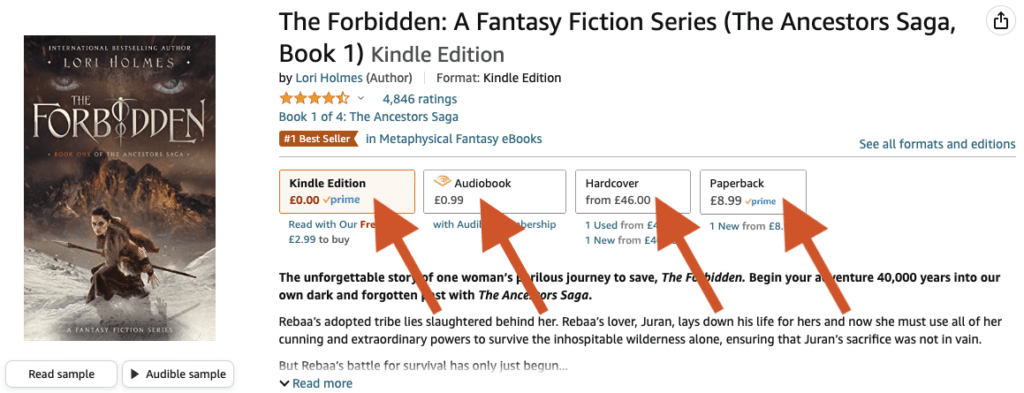
The good news is, Amazon allows users to compare prices and royalty rates between books of different formats. This way, you don’t have to figure out how to price your self-published book on your own.
Differences in Global Pricing
How will the currencies of different countries affect the pricing of your book?
Most authors choose the United States as their main marketplace.
Still, that doesn’t mean you have to.
Think of your target audience and who you are as an author to choose your main marketplace.
Why does this matter?
If your book is available globally, currency exchange rates could affect your book’s pricing (and your profitability) depending on the retailer you use.
Let’s say you make your main marketplace the United States, and you price your book at $3.99. Amazon and Kindle Direct Publishing will automatically translate that $3.99 into another currency’s equivalent.
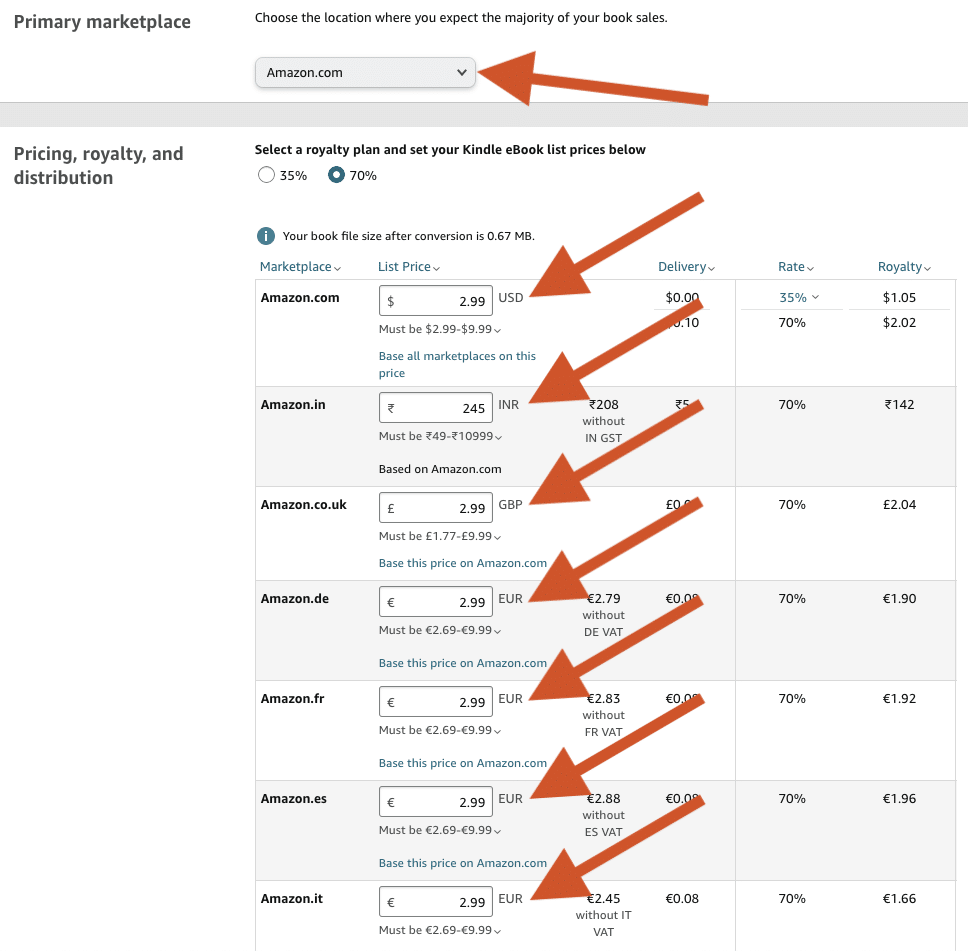
It’s as simple as that!
Make sure to review the policies of whatever retailer your book is listed on to make sure you’re getting your money’s worth from each sale, global or otherwise.
Promotional Pricing
Buyers love deals. Promotional pricing is a great way to help sell your book.
Here’s how it works with Amazon’s KDP Select program KDP Select is an optional program you can choose to enroll in that requires any eBooks of yours (of your choosing) to be exclusive to Amazon, in return for some rewarding perks).
Kindle Countdown Deal
If you sell your book exclusively on Amazon, you can enroll in something called KDP Select. KDP select gives you access to Kindle Countdown Deals. (currently only available on Amazon.com and Amazon.co.uk).
One of the great things about Kindle Countdown Deals, is that Amazon will automatically add a countdown timer to your book product page, counting down the time until the deal ends, which introduces scarcity and drives action (i.e. encourages people to make a purchase).

Through KDP, you can reduce the price of your book to $0.00 for up to five days, or seven days (I wouldn’t recommend going lower than $0.99) if it’s a paid promotion. You can offer this deal every 90 days.
In addition, if you’re exclusive to Amazon, your book can be chosen by Amazon to take part in the Kindle Monthly or Daily Deal promotions.
Under Kindle Deals, Amazon temporarily lowers the price of your book. These deals are beneficial because you still receive your original royalty rate, regardless of the discounted price of your book.
Amazon will give your book some additional promotion during these Kindle deals, and readers will be more inclined to purchase your book at its promotional price while your royalty rate stays the same. It’s a win-win!
Promotional Pricing can also help improve your Amazon ranking. If sales increase over the course of the promotion, then your listing will go up in ranking.
In other words, the promotion can benefit you even after it ends! Once your book switches back to its original price, it will get a lot more visibility (and therefore a number of full price sales) because of the improved ranking due to promotional sales.
Pricing Tips For Series
If you’re writing a series of books, remember that the first book in the series is the one that gets the foot in the door with your reader audience.
The first book of your series should be the least expensive, and so on. Once your audience is invested in your series, you can start charging more.
Put yourself in the reader’s shoes. Readers are more likely to purchase books written by authors they already know and love, rather than someone they’ve never heard of before.
Not to mention, readers are investing their time, not just their money into books.
How long does it take you to finish a 500-paged book? 20 hours, 30 hours, more?
That’s why it’s better to start low when pricing the first book of a series.
Once your readers trust you, enjoy your writing, connect with your characters (fiction), or your message (non-ficiton) you can trust your readers to invest in you a little more with higher priced books
On the other hand, you still don’t want your first book to come across as cheap. You also have to make sure that the projected sales of your later books can justify the price of your first book.
How Author Softwares Can Help With Pricing
Publisher Rocket is my personal go-to author software for all things book marketing research. BookBeam and K-Lytics are great options as well.
Why should self-published authors track book marketing analytics?
I’m glad you asked. Marketing analytics gives insight into the sales performance of book listings based on a variety of factors.
Through marketing analytics, you can gain valuable information on the types of books that are doing well on the market.
If you know the kinds of books that are doing well on the market, you can more easily gauge how to price your own book.
Stand-Alone Book Pricing
We’ve discussed how to price self-published books of a series.
But what about stand-alone books?
If you’ve got multiple stand-alone books in your catalog, then you can still benefit from the sales of those other books, provided you tell your readers about them.
Stand-alone books tend to be a little bit more expensive than books of a series because they don’t have that read-through benefit. Once your reader finishes your stand-alone book, they’re ready to move on to something else.
Consequently, most stand-alone books should be priced a bit higher than the first book of a series. On the other hand, if you’re just starting out, you would benefit from the traction that a lower price could get you.
Based on the information provided, it’s up to you to make the right choice when it comes to pricing your self-published book.
Conclusion
To recap, consider the following when figuring out how to price a self-published book:
- Competitor’s Prices
- Book Length
- Buying Psychology
- Total Publishing Costs
- Publishing Intent
- Formatting
- Global Pricing
Picking the right price for your book is significant because prices affect sales, branding, rankings, and so much more.
As you gain traction as a self-published author, your fan base will grow. As your fan base grows, so can your prices.
Don’t forget to leave a comment below with Matt Holmes, self-publishing and book marketing expert.

Introducing:
Booklinker Collections
One landing page for all your books. 100% free.
One link for easy sharing of your books across your backmatter, websites, emails, and social media.

